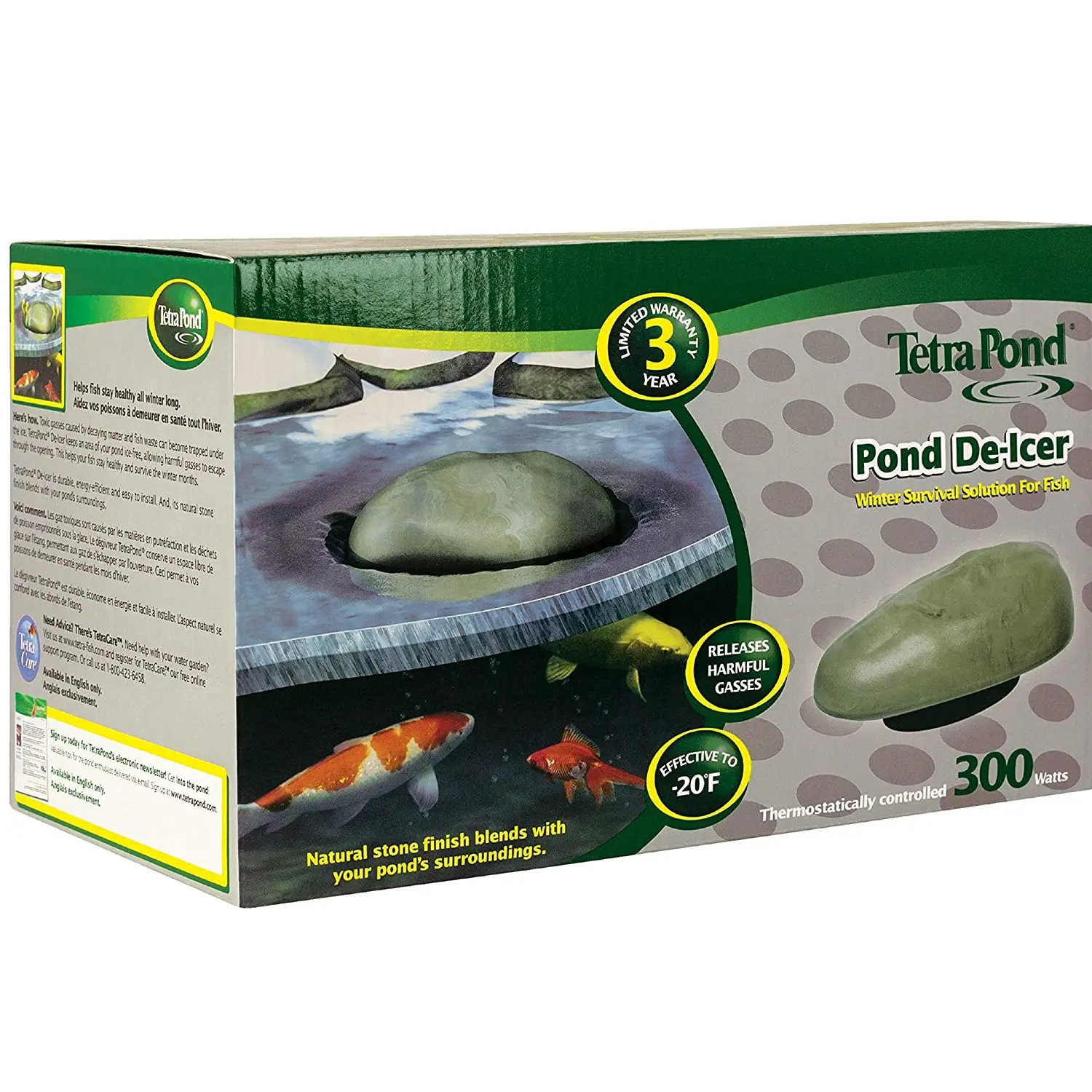
- TetraPond
- Color: Basic
- UL Listed
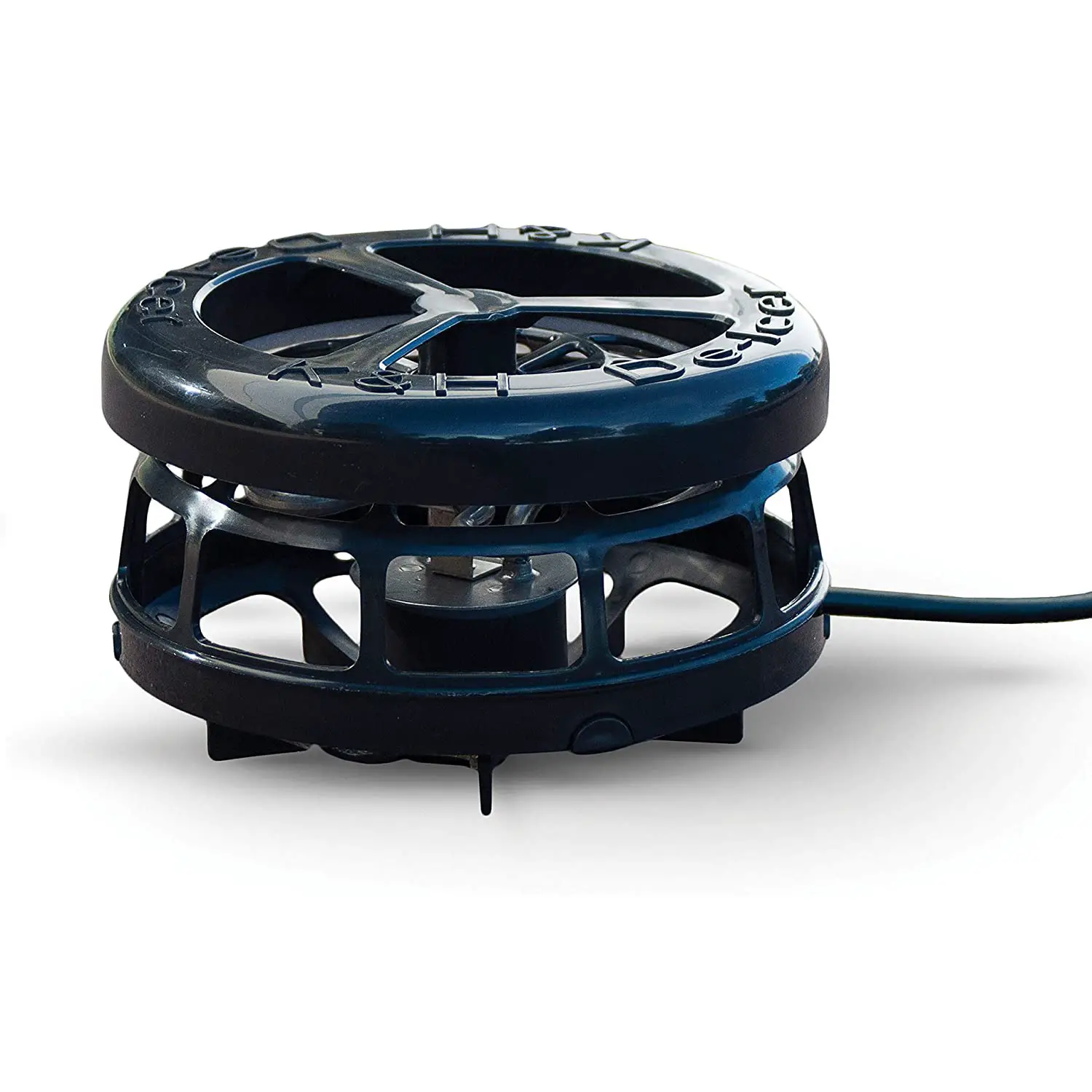
- Item Weight 1.65 pounds
- Pet Supplies
- 7 x 7 x 5 inches
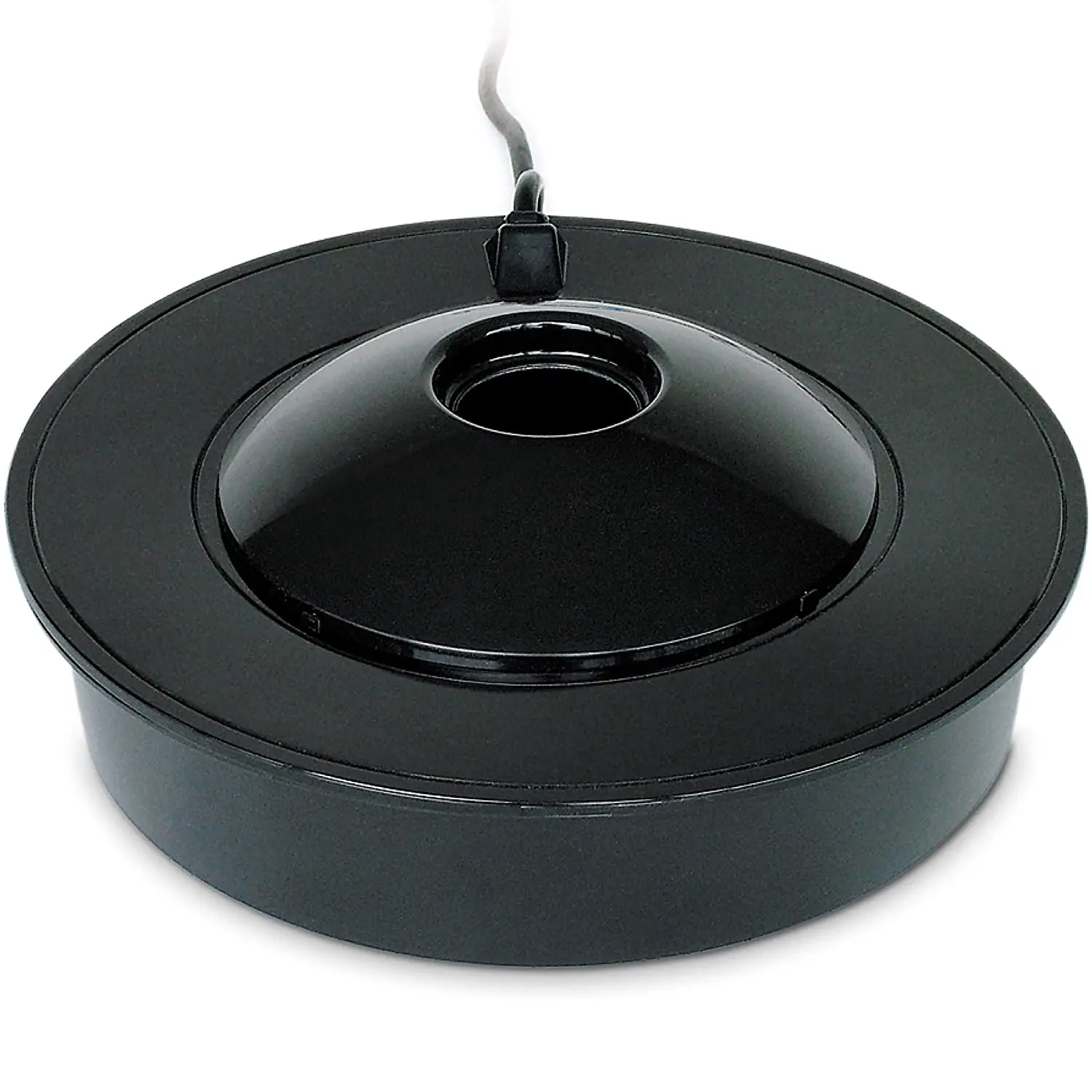
- Color Black
- Material Plastic
- 12 x 12 x 4 inches
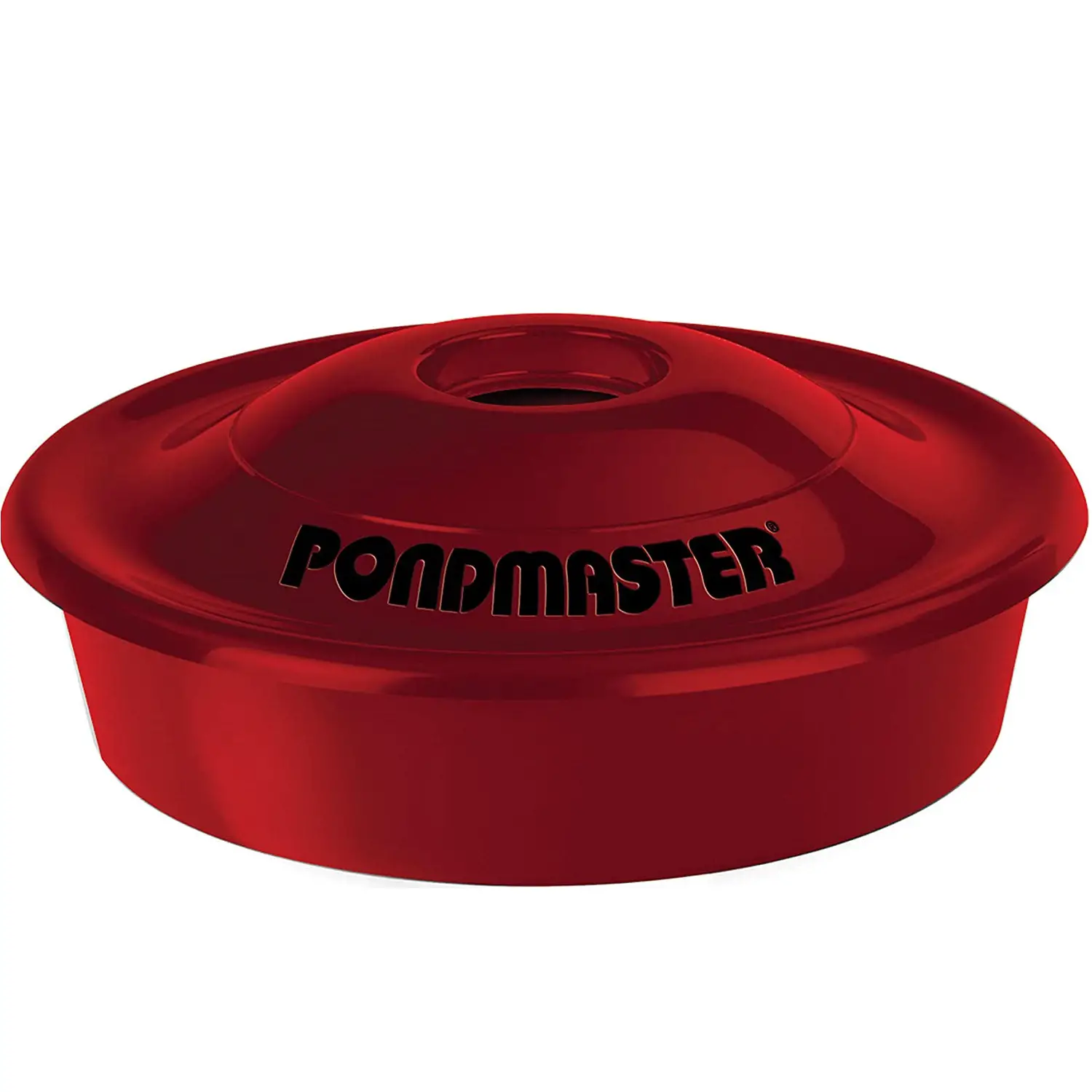
- 12 x 12 x 4 inches
- 3.65 pounds
- Danner
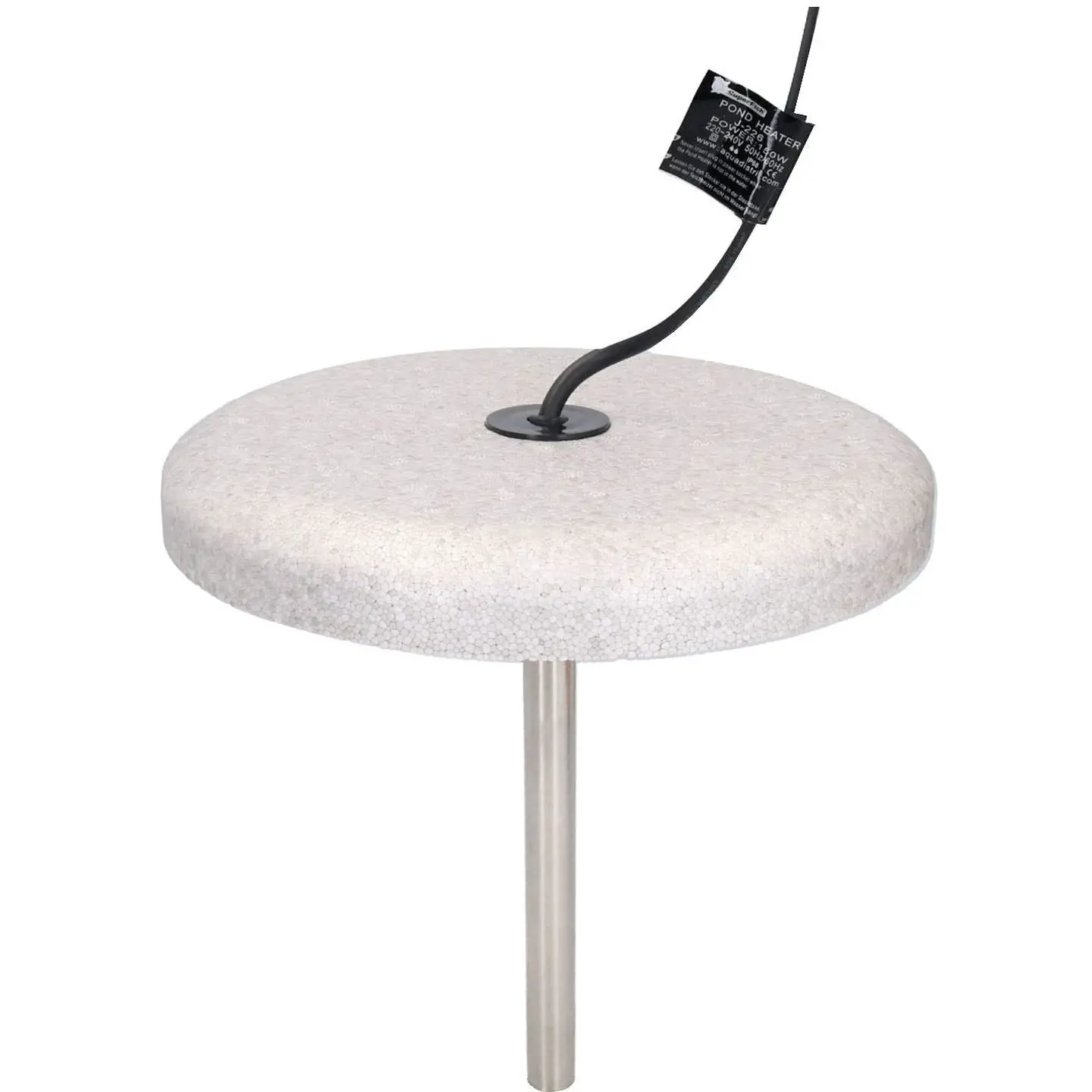
- Brand: Superfish
- 7.05 Ounces
- Superfish
Choose the Best Pond Heater
Customer’s Choice: the Best Rated Pond Heaters
10 users answered this survey. Please help us improve this review!
If you’re looking for a pond heater, you’ve come to the perfect spot. We’ll look at some of the most crucial aspects to consider when selecting a pond heater. We’ll also provide some tips on how to install and use your pond heater safely and effectively. So whether you’re looking for a small pond heater for a backyard water garden or a large commercial pond heater, we’ve got you covered!
Table of Contents
TetraPond De-Icer, Winter Survival Solution For Fish, UL Listed
 This is a great pond heater. It is UL Listed and has a 1500-watt heating element. This pond heater will keep your pond from freezing over in the winter.
This is a great pond heater. It is UL Listed and has a 1500-watt heating element. This pond heater will keep your pond from freezing over in the winter.
Features
- Weight 3.9 pounds
- Dimensions 11.31×6.44×6.94 inches
- Target Species Fish
K&H PET PRODUCTS 100213385 Thermo Perfect Climate Deluxe Deicer-Floating and Submersible Pond Heater, 250 Watts, Black
 This is one of the most popular pond heaters available. It is a floating and submersible pond heater that can be used in both fresh and salt water. It has a thermostat to help regulate the temperature of the water. It comes with a two-year warranty.
This is one of the most popular pond heaters available. It is a floating and submersible pond heater that can be used in both fresh and salt water. It has a thermostat to help regulate the temperature of the water. It comes with a two-year warranty.
Features
- Dimensions 7x7x5 inches
- Weight 1.65 pounds
K&H PET PRODUCTS 100213382 Thermo 3.0 Pond Deicer, 100 Watts, Black
 This heater is great for small to medium ponds. It has a cast aluminum body and is thermostatically controlled. This means that it will automatically turn on when the water temperature drops and turn off when the water reaches the desired temperature.
This heater is great for small to medium ponds. It has a cast aluminum body and is thermostatically controlled. This means that it will automatically turn on when the water temperature drops and turn off when the water reaches the desired temperature.
It is made of stainless steel and is also thermostatically controlled. It has a two-year warranty and can heat up to 600 gallons of water.
Features
- Dimensions 12x12x4 inches
Danner Manufacturing, Inc. Pondmaster Pond De-icer, Red 2175
 This de-icer is specifically designed for small ponds and can keep a hole open in ice up to two inches thick. It is also safe for use around fish and plants, so you don’t have to worry about harming your pond’s ecosystem.
This de-icer is specifically designed for small ponds and can keep a hole open in ice up to two inches thick. It is also safe for use around fish and plants, so you don’t have to worry about harming your pond’s ecosystem.
Features
- Dimensions 12x12x4 inches
- Weight 3 lbs
Superfish Pond Heater 150 Watt
 With a thermostat that can be set to your desired temperature, the Superfish Pond Heater is perfect for those who want to maintain a consistent water temperature. The heater also has an indicator light so you can easily tell when it’s on.
With a thermostat that can be set to your desired temperature, the Superfish Pond Heater is perfect for those who want to maintain a consistent water temperature. The heater also has an indicator light so you can easily tell when it’s on.
Features
- Dimensions: 4.33×4.33×4.33 inches
- Weight 7.05 Ounces
Buyer’s Guide
Why Should You Heat Your Pond?
If you live in an area where the winters are cold, then one of the best things that you can do for your pond is to invest in a good pond heater. There are a number of reasons why this is important, but chief among them is the fact that it will help to keep your fish healthy and happy during the colder months.
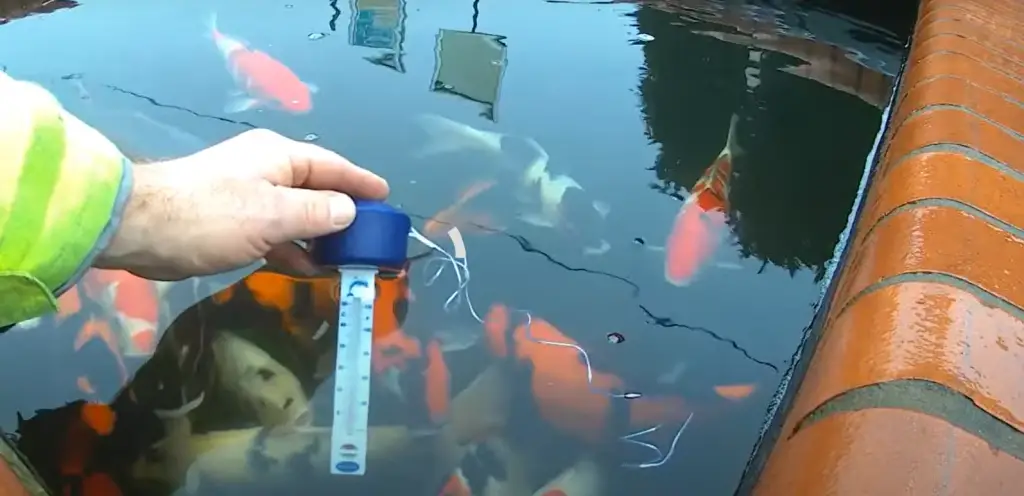
Another reason to consider heating your pond is that it can actually save you money in the long run. This may seem counterintuitive, but if you have a pump and filter system set up, then running a pond heater will actually help to extend the life of those components. This is because cold water puts more strain on pumps and filters than warm water does, so by keeping your pond at a consistent temperature, you can actually end up saving yourself money down the road.[1]
Of course, there are a few things that you need to keep in mind before you go out and purchase a pond heater.
What is a Pond Heater & De-Icer?
A pond heater is a device that is placed in the water to heat it. A de-icer is a device that is placed in the water to prevent ice from forming.
Most pond heaters use electricity to generate heat, but there are also some that use natural gas or propane. De-icers typically use either electricity or propane.
They are available in a variety of sizes and shapes. The size and shape that you need will depend on the size of your pond and the climate where you live.
For an area with warm winters, a pond heater can raise the water temperature to at least 40 degrees Fahrenheit.
Pond heaters and de-icers are available in different wattages. The wattage is the amount of electricity that the device uses to generate heat.
The higher the wattage, the more expensive the device will be to operate. However, a greater wattage pond heater will heat the water more quickly as well. [2]
Some people only need to use their de-icer a few times per winter, while others may need to use it every day.
Increase Pond Water Flow
One of the best ways to improve your pond’s water quality is to increase the flow rate. This will help to circulate the water and keep oxygen levels high. You can do this by installing a pond pump or by adding an aeration system.
Another way to improve water quality is to add a filter system. This will help to remove debris and unwanted particles from the water. There are many different types of filters available on the market, so be sure to do your research.
If you have fish in your pond, it’s also important to maintain proper pH levels. The ideal range for most fish is between six and eight. You can test your pond’s pH levels with a simple kit from your local pet store.
Once you have the proper equipment in place, it’s time to start thinking about pond heating. There are many different options available. Some of the most popular choices include solar heaters, electric heaters, and gas-powered heaters.
Solar heaters are a great choice if you live in an area with plenty of sunlight. They’re also relatively inexpensive to operate. Electric heaters are another popular option and can be used in both above-ground and in-ground ponds.
Gas-powered heaters are the most expensive option but they’re also the most powerful. If you have a large pond, this may be the best choice for you.
Faster Thaw
Another reason you might want to consider a pond heater is if you live in an area with particularly cold winters. If your pond freezes over, a heater can help speed up the thawing process so that your fish don’t have to wait as long for their home to warm up again. Just be sure to keep an eye on the temperature and make sure it doesn’t get too hot – you don’t want to cook your fish!
Pond heaters come in all shapes and sizes, so it’s important to choose one that will be the best fit for your pond. Take into account the size of your pond, the depth of the water, and the type of fish you have when making your decision.
Allow for Proper Gas Exchange
If you live in an area with a lot of trees, your pond may be deprived of oxygen. In this case, you’ll need to purchase an aerator. An aerator is a device that helps circulate the water and add oxygen to it.
You can also introduce plants to your pond. Plants help purify the water and they also add oxygen to it through photosynthesis. Not only will this make your pond healthier, but it will also make it more aesthetically pleasing.
Another way to ensure the proper gas exchange is to have a waterfall or fountain in your pond. The moving water will help circulate the water and add oxygen to it. Plus, it will look really cool!
Types of Pond Heaters
There are three main types of pond heaters: Immersion Heaters, Submersible Heaters, and External Heaters. Each has its own unique set of pros and cons that you’ll need to consider.
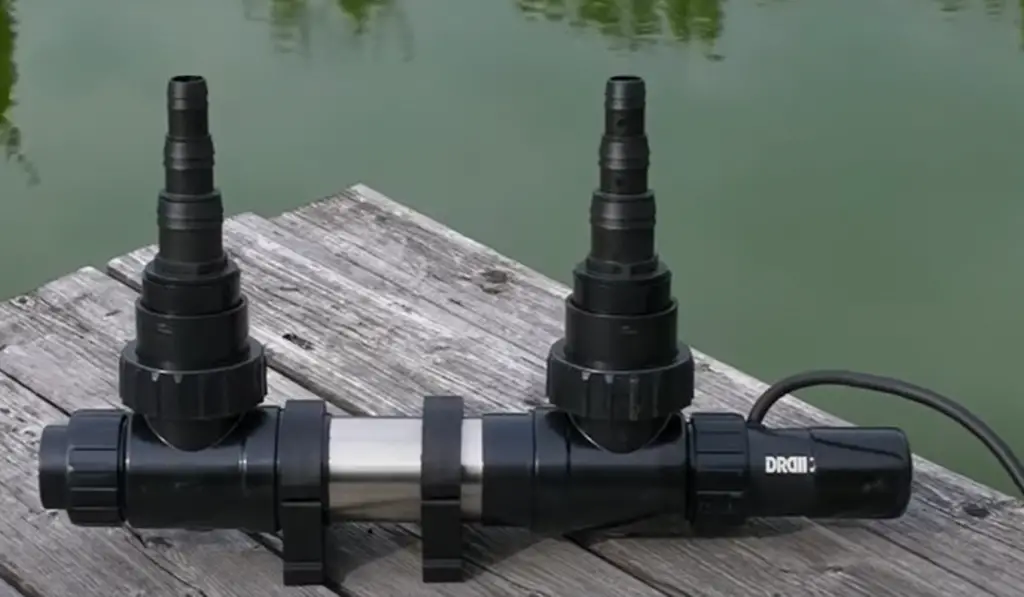
Immersion Heaters:
- Pros – Can be used in small ponds or aquariums.
- Cons – Not very energy efficient and can be a fire hazard if not used properly.
Submersible Heaters:
- Pros – More energy efficient than immersion heaters.
- Cons – Can be difficult to install and maintain.
External Heaters:
- Pros – Easy to install and maintain.
- Cons – More expensive than other types of heaters.
Floating Pond De-Icers
Floating pond de-icers are a type of submersible heater that is specifically designed to prevent ponds from freezing over in the winter. They work by creating a small area of open water in the center of the pond where fish can congregate and stay warm.
- Pros – Keeps ponds from freezing over in the winter.
- Cons – Can be expensive to operate.
Submersible Pond Heaters
Submersible pond heaters are a type of pond heater that is placed directly into the water. They are one of the most popular types because they are very effective and easy to use.
Electric submersible pond heaters are less expensive to operate than gas-powered models, but they can take longer to heat up the water. Gas-powered submersible pond heaters are more expensive to operate, but they will heat up the water faster than electric models.When choosing a submersible pond heater, it is important to consider the pond’s size and the climate you live in. If you live in a climate that is cold for most of the year, you will need a pond heater that is powerful enough to keep the water warm. If you live in a warmer climate, you may not need as powerful a pond heater. It is also important to consider the size of your pond when. If you have a small pond, you will not need as powerful of a pond heater as someone who has a large pond.
In-line Pond Heater
An in-line pond heater is one of the most efficient and effective ways to heat your pond. It works by circulating the water through a heating element, much like a space heater. This type of pond heater is very easy to install and can be placed almost anywhere in your pond. In-line pond heaters are also relatively inexpensive, making them a great option for those on a budget.
Gas Boiler
A gas boiler pond heater is a great option for those who want to heat their pond quickly and efficiently. Gas boilers are much more powerful than electric heaters, so they can heat up your pond in a matter of minutes. However, gas boilers can be quite expensive to purchase and operate, so they may not be the best option for everyone. [3]
If you’re looking for a Pond Heater that can provide both quick and efficient heating, then a gas boiler is probably the best option for you. However, if you’re on a budget or don’t need the extra power, then an electric heater would be a better choice.
What Size Pond Heater Do I Need?
This is probably the most common question we get asked, and unfortunately, there’s no one-size-fits-all answer. The size of the pond heater you’ll need depends on a few different factors:
- The average temperature in your area
- The depth of your pond
- The volume of your pond
- Whether or not you have fish in your pond (and what kind)
That said, there are a few general guidelines you can follow when choosing a pond heater.
What Is the Difference Between a De-icer and a Heater?
There are a few key differences between de-icers and heaters. De-icers are designed to keep a small opening in the ice so that harmful gasses can escape. Heaters are designed to heat the entire body of water and maintain a consistent temperature.
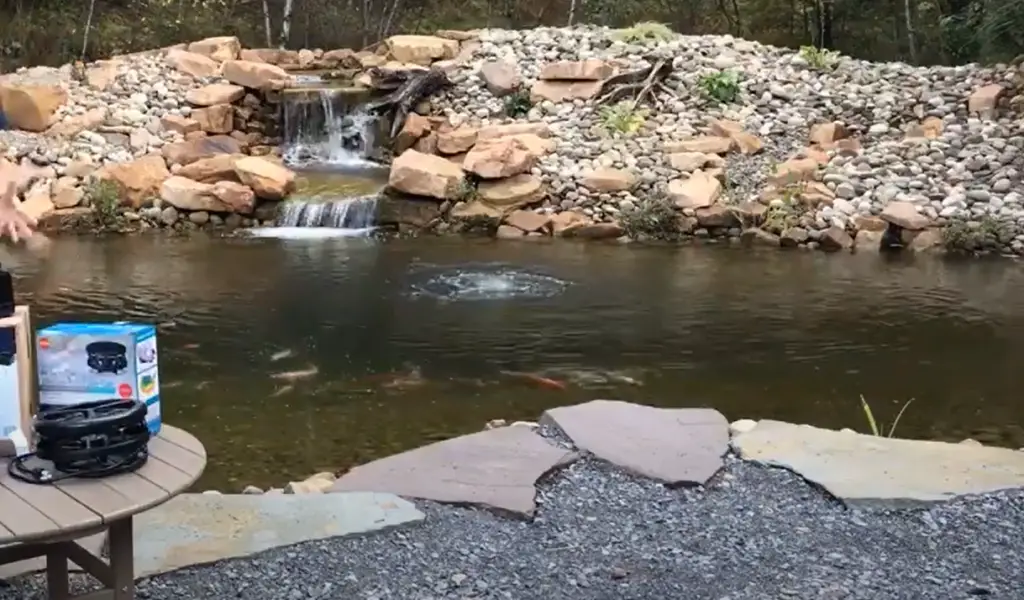
De-icers only work when they are in contact with the water, so they need to be placed directly into the pond. Heaters can be placed either in or out of the pond, depending on the model.
De-icers typically have a lower wattage than heaters and use less energy as a result. Heaters have a higher wattage and use more energy to heat larger volumes of water.
De-icers come in a variety of shapes and sizes to accommodate different pond sizes. Heaters are available in both submersible and external models.
Submersible heaters must be placed directly into the water, while external heaters can be placed on the ground next to the pond.
External heaters are typically more expensive than submersible heaters, but they offer a number of advantages. External heaters can be used to heat multiple ponds or pools and can be easily moved from one location to another.
Should I Use a Pond Heater in Winter?
If you have fish in your pond, then the answer is most likely yes. A pond heater will keep a hole open in the ice so that toxic gases can escape and oxygen can enter the water. It will also maintain a more consistent temperature, which is less stressful for your fish. If your pond does not have fish, then you may not need a pond heater. Some plants can tolerate colder temperatures than others, so it really depends on what kind of plants you have and how cold it gets in your area.
Pond heaters come in all shapes and sizes, so choosing the best one for your needs can be tricky.
When is a heater not suitable?
If you have fish in your pond, then a heater may not be the best option as it can cause the water to become stagnant. Additionally, if your pond is in an area that gets a lot of sunlight, then a solar-powered pond heater may be a better choice.
Finally, consider the cost of running a pond heater before making your decision. Pond heaters can be expensive to run and may not be worth the investment if you live in an area with mild winters. If you do decide to purchase a pond heater, make sure to read the manufacturer’s instructions carefully to ensure proper installation and safety.
Benefits of a Pond Heater
There are many benefits to installing a pond heater in your backyard. One of the most obvious benefits is that it will keep your fish healthy and happy. Fish are cold-blooded creatures, which means that they cannot regulate their own body temperature.
A pond heater will maintain a consistent water temperature, which will create a healthy environment for your fish and help them to stay disease-free.Another benefit of a pond heater is that it can extend the swimming season for you and your family. If you live in an area with a shorter swimming season, a pond heater can give you the opportunity to enjoy your backyard pool for longer.
It prevents ice in pond
Another great benefit of owning a pond heater is that it prevents the formation of ice in your pond. This can be extremely dangerous for both you and your fish, as the ice can trap them underneath and prevent them from getting the oxygen they need to survive. A pond heater will keep the water at a consistent temperature, which will stop the formation of ice and keep your fish safe.
Pond heaters are a great addition to any backyard pool or pond, and they offer many benefits to both you and your fish. If you are looking for a way to extend the swimming season, or create a healthy environment for your fish, then a pond heater is a great option for you. Be sure to do some research to find the best pond heater for your needs, and make sure to follow the manufacturer’s instructions carefully to ensure safe and proper installation. With a pond heater, you can enjoy your backyard pool or pond all year round!
Allows gas to escape pond
As the water in your pond begins to heat up, it will start to expand. This increase in volume puts pressure on the walls of your pond and can cause them to crack or burst. A good pond heater will have a pressure relief valve that allows this gas to escape, preventing disaster.
Maintains a healthy level of oxygen
One of the benefits of having a pond heater is that it helps to maintain a healthy level of oxygen in the water. This is especially important if you have fish, as they need oxygen to survive. A pond heater will help to circulate the water and keep it at a comfortable temperature for your fish.
Another benefit is that it can extend the growing season for your plants. If you have aquatic plants, they will be able to grow and thrive for longer periods of time with a consistent temperature. This can be helpful if you live in an area with a short growing season.
What to Look for in a Pond Heater
Pond heaters come in a variety of sizes and styles. There are submersible pond heaters and floating pond heaters. Submersible pond heaters are installed underneath the water line and are not visible. Floating pond heaters float on the surface of the water and can be easily removed for cleaning or storage.
When choosing a pond heater, it is important to consider the size of your pond. You will want to choose a heater that is powerful enough to heat the entire body of water. It is also important to consider the depth of your pond. If you have a shallow pond, you will want to choose a floating heater so that it does not overheat the shallower areas of water.
Type
It is also important to think about what type of pond heater you want. There are electric pond heaters and gas-powered pond heaters. Electric pond heaters are more expensive to operate but are easier to install. Gas-powered pond heaters are less expensive to operate but can be more difficult to install.
Capacity
The capacity is the maximum amount of water that the heater can heat. You will want to choose a pond heater with a capacity that is large enough to heat all of the water in your pond. If you have a large pond, you may need to purchase multiple pond heaters to heat the entire body of water.
Wattage
The wattage is the amount of energy that the heater uses to heat the water. You’ll need a pond heater with a strong wattage so that it may quickly heat the water in your pond.
Price
Of course, the price of the pond heater is another important consideration. You will want to find a pond heater that fits within your budget. There are a variety of pond heaters on the market, so you should be able to find one that is reasonably priced. [4]
How Do I Install a Pond Heater?
Installing a pond heater is a simple process that anyone can do. Simply follow these steps:
First, you’ll need to purchase a pond heater. You can find these at most pet stores or online. Once you have your pond heater, find a location for it in your yard near the pond. The closer it is to the pond, the better it will work.
Next, dig a hole for the pond heater. The hole should be big enough to accommodate the size of the pond heater you purchased.
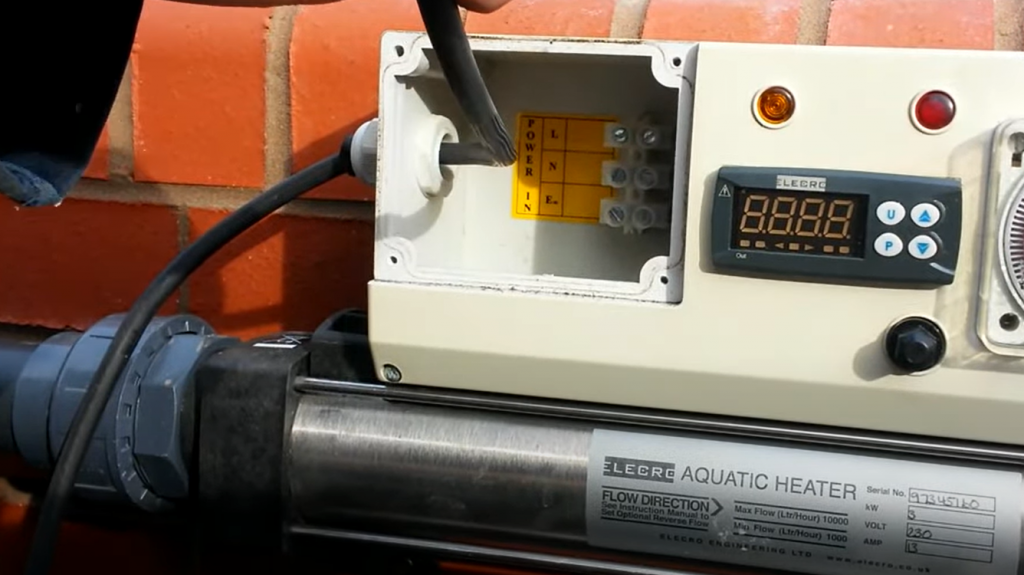
After that, place the Pond Heater in the hole and fill in any gaps with dirt or rocks so that it’s secure.
Finally, plug in the Pond Heater and turn it on. You may need to adjust the settings to get the perfect temperature for your pond.
FAQ
Are pond heaters any good?
Yes, pond heaters can be a great way to keep your pond from freezing over in winter. They can also help to maintain a consistent temperature for your fish and other aquatic creatures. [5]
How can I warm up my pond water?
There are a few ways that you can warm up your pond water, but the most common and effective method is to use a pond heater. Pond heaters come in a variety of shapes and sizes, so it’s important to choose one that will best fit your needs.
Pond heaters work by circulating the water in your pond and heating it up to the desired temperature. There are two main types of pond heaters: submersible and external. Submersible pond heaters are designed to be placed directly into the water, while external pond heaters are placed outside of the pond.
When choosing a pond heater, it’s important to consider the size of your pond and the climate you live in. If you have a small pond, you may not need a large pond heater. Conversely, if you live in a cold climate, you may need a larger pond heater to heat up the water effectively.
Another important consideration is the type of pump that you use with your pond heater. Some pumps are designed for specific types of ponds.
Finally, it’s important to read the reviews of different pond heaters before making your purchase. This will help you get a better idea of which pond heater is right for you.
What size deicer do I need for my pond?
The size of the deicer you’ll need for your pond depends on a few factors. The first is the surface area of your pond. A good rule of thumb is to use one 50-watt deicer per 100 square feet of pond surface area. So, if you have a pond that’s 20 feet long and 15 feet wide, your pond has an area of 300 square feet. You would need three 50-watt deicers for a pond like this.
Another factor to consider is the depth of your pond. If your pond is shallow (less than two feet deep), you’ll need a deicer with a higher wattage. A good rule of thumb here is to use one 100-watt deicer per 50 square feet of pond surface area. So, for a pond of 300 square feet, you would need six 100-watt deicers.
Finally, you’ll need to consider the average temperature in your area. If you live in an area with very cold winters, you’ll need a deicer with greater wattage. Use one 200-watt deicer for every 100 square feet of pond surface area. In the case of the 20 feet long and 15 feet wide pond, you would need six 200-watt deicers in a very cold climate.
Is it better to heat a koi pond?
If you live in an area with a cold climate, then heating your koi pond is essential to keeping your fish healthy and happy. Koi are cold-blooded creatures and cannot regulate their own body temperature. This means that they are very sensitive to changes in water temperature. A sudden drop in temperature can cause them to go into shock, which can be fatal.
Heating your koi pond will also allow you to extend the swimming season for your fish. In colder climates, koi ponds typically need to be heated from late spring through early fall. By heating the pond, you can keep your fish active and healthy for a longer period of time each year. [6]
There are a few different types of heaters that you can use to heat your koi pond. The most common type is an electric heater. These heaters are relatively inexpensive and easy to install. However, they can be a fire hazard if they are not used properly. Another option is a gas-fired heater. These heaters are more expensive than electric heaters, but they are much safer.
When choosing a pond heater, it is important to select one that is specifically designed for use in koi ponds. Some general-purpose pond heaters may not be safe for use with koi due to the high temperatures that they can reach.
Useful Video: Do you Need to Heat your Pond? Inline Pond Heaters vs Deicers
Conclusion
If you live in an area that gets extremely cold in the winter, then a pond heater is a necessity. But even if you don’t get much snow, a pond heater can still be beneficial. It prevents ice from forming on the surface of your pond, which can damage the liner and kill plants and fish. A pond heater also allows gas to escape from the water, preventing it from becoming stagnant. And finally, a pond heater helps maintain a healthy level of oxygen in the water, which is essential for fish and other aquatic life.
Pond heaters come in a variety of shapes, sizes, and styles. But no matter which one you choose, be sure to get one that is durable and reliable. Thanks for reading! We hope this guide was helpful.
References:
- https://pondacademy.com/how-to-heat-a-pond-in-winter
- https://www.pondliner.com/pond-heaters-vs-pond-de-icer-whats-the-difference
- https://pondacademy.com/pond-heater-de-icer
- https://suaveyards.com/best-pond-heaters/
- https://pondinformer.com/best-pond-heater-de-icer/
- https://farmingaquaponics.com/should-koi-ponds-be-heated/

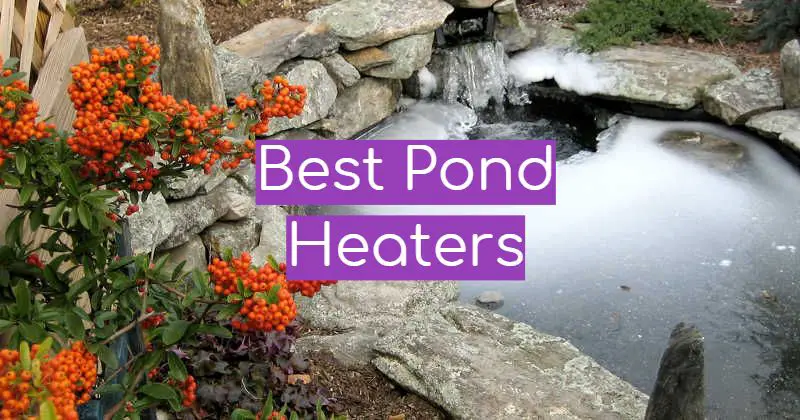

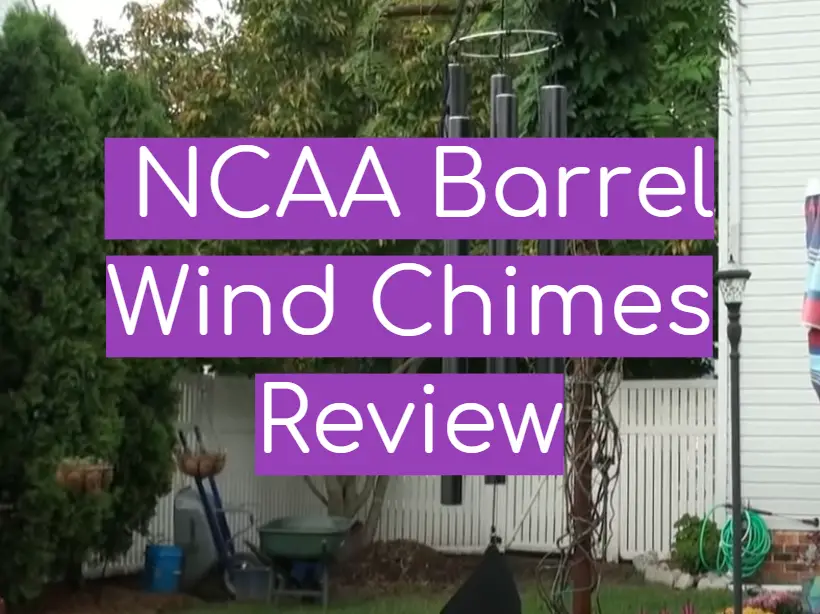


Leave a Reply